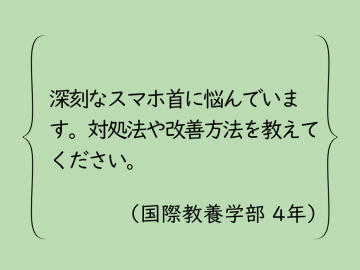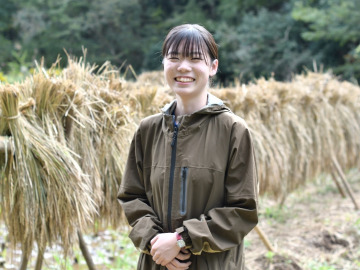
Through play, children learn about boundaries between people. Boundaries are the distinction between what you can accept and what you don't like, and what the other person can accept and what you don't like. The boundaries differ depending on the person and the relationship between oneself and the other person. That's why we learn the boundaries between ourselves and others through the experience of interacting with each person and sometimes fighting and making up. However, the process of learning boundaries requires help. An older child or adult may set boundaries with a child who keeps doing something that the other person doesn't like, saying, "You don't like it, so let's stop,'' and to the child who was reluctant, "If you don't want to do something that you don't like, It's okay to say that.'' In this way, one learns how to protect boundaries. Protecting boundaries between yourself and others means acknowledging and respecting the fact that "I am what I am and you are what you are."
Boundary violations occur in both college students and working adults. Boundary violations become serious when power disparities, group pressures, and organizational systems are involved. Harassment and discrimination are nothing but boundary violations. When you feel uneasy about your relationship with someone, try to reflect on where the boundaries are between you and the other person, and whether you and the other person are crossing those boundaries. If you find yourself overstepping your boundaries, have the courage to do what you learned as a child: "Don't do what the other person doesn't like'' and "Say you don't like what you don't like.'' If the situation still doesn't change, or if you can't muster up the courage to tell them directly, consult with a third party, including your university's counseling center. To protect "I am what I am, you are what you are."
(Y.O.)
1158th






![[Save version] Map of the four main campuses](https://www.waseda.jp/inst/weekly/assets/uploads/2025/09/17cb2975123fc5103172ef60bd98608d-610x458.jpg)

